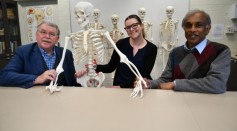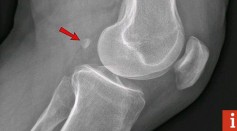human evolution

Great Oxygenation Event: What Was It And How Did It Affect Life?
4-million-year-old Fossil Debunks Evolutionary Theories on Dextrous Human Hands

Mutation: Why Some People Don't Feel Cold?
Is There Any Difference Between Today’s Humans, the Neanderthals and the Denisovans?
Discovery of More than 40 Teeth in China Challenges Notions About Human Evolution

Why Do We Avoid Breakups? Science Explains
Study Suggests Thumbs Helped Evolution Two Million Years Ago

Scientists Reveal Humans Were Drinking Milk Before They Could Even Digest It
Early Human Species: How Many Were There?

Human Evolution Could Be to Blame for Being Prone to Cancer, Study Says

Human Evolution Evidently Taking Place Among Southeast Asian Free Divers
Here’s How Humans Are Still Evolving

Forearm Artery and Wisdom Teeth May Be Signs of Modern Human Evolution

Fabelle: Extinct Bone in the Human Body Coming Back
Most Popular

How Technology Is Changing the Real Estate Industry?

How a Plant-Based Diet Can Protect Against Breast Cancer: Insights from Nutrition Research

Study Reveals High Turnover in Scientific Research Careers: What This Means for Future Scientists

Why It's So Difficult to Lose Weight: The Biological Explanation Behind Obesity





